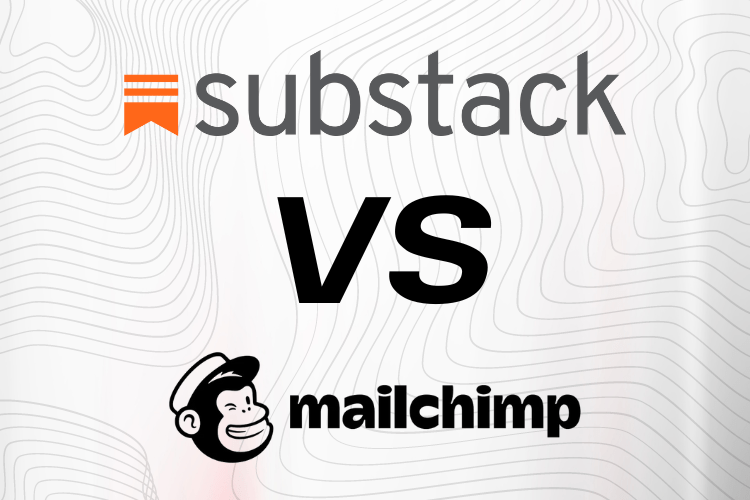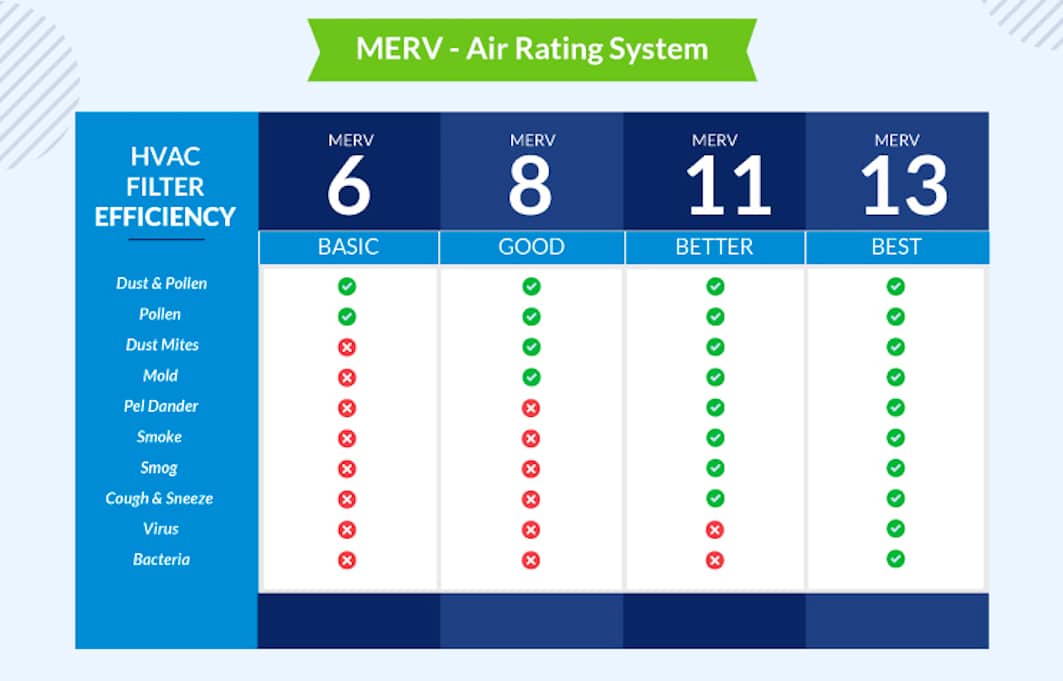Substack vs Mailchimp: 8 Key Differences You Must Know

For creators and publishers distributing email newsletters, Substack and Mailchimp are two leading solutions to consider.
Both platforms make it easy to create, design, publish, and analyze email newsletter campaigns.
But Substack and Mailchimp have some important distinctions across pricing, intended use cases, features, customization options, analytics, and more. Understanding these key differences is essential for publishers to choose the best email service for their needs.
In this in-depth Substack vs Mailchimp comparison, we break down eight differences you must know when deciding between these prominent email marketing platforms.
#1: Primary Use Case
The core use case differs significantly between Substack and Mailchimp. This should dictate which solution best aligns with your email newsletter strategy.
Substack is primarily for publishing email newsletters as a main distribution channel. Writers, journalists, bloggers, and other creators leverage Substack to quickly launch paid or free email subscriptions to build their audience.
The model is optimized for creators to monetize their subscriber base directly.
Whereas Mailchimp is a general email marketing platform suitable for all types of email outreach – newsletters, campaigns, automations, etc.
Mailchimp customers also embed email as part of a broader marketing strategy across multiple channels. Users range from small shops to major enterprises.
For publishers focused purely on producing high-quality email newsletters as their product, Substack is purpose-built to support that business model. Mailchimp serves a wider range of email use cases beyond just newsletters.
#2: Pricing and Plans
Related to their different use cases, Substack and Mailchimp take divergent approaches to pricing.
A free forever tier of Substack allows basic newsletter functionality but monetization options are limited. Paid tiers remove Substack branding and commission fees, offering the best deal for popular writers earning income through subscriptions.
Pricing is based on features and revenue share / commission rates that decrease as high as 10% based on volume benchmarks.
Mailchimp has four paid tiers – Essentials, Standard, Premium, and Enterprise. Plans are priced according to number of contacts/subscribers, emails sent, and advanced features. More contacts, emails, and features mean higher monthly rates. Enterprise custom pricing is quote-based for elite needs.
For pure newsletter writers on Substack, revenue share tiers make sense. Larger email marketing needs across multiple use cases fit better into Mailchimp’s contact-based tiers. But there is pricing overlap for mid-sized lists between ~5,000-100,000 subscribers.
#3: Customization and Branding
Publishers have different needs when it comes to customizing design and branding email newsletters to reflect their personal identities.
Substack newsletters retain consistent Substack branding across all free plans. Certain elements can be customized like headers, colors, and fonts but core visual components remain locked. Upgrading to Paid removes Substack branding for full creative control and white labeling.
Conversely, Mailchimp offers complete and flexible design personalization capabilities across all of its paid plans – no upsell required.
Users have access to a wide selection of customizable templates or can create email layouts from scratch. Granular control over branding empowers users to craft professional, on-brand designs.
For creators wanting autonomy over branding right away in their free tier, Mailchimp has a slight edge. But for basic newsletter needs, Substack’s consistency and upgrade path works fine.
#4: Email Creation and Sending
For actually building and distributing email newsletters, Substack and Mailchimp take different approaches.
At its core, Substack prioritizes simplicity and minimalism. The editor is text-based focused only on writing great content.
Basic formatting options are available but visual layouts are standardized. Writers can easily publish beautifully designed newsletters with no graphic design expertise. Sending/scheduling also takes just one click.
Mailchimp provides a more powerful drag-and-drop builder packed with personalization features – images, videos, permissions, dynamic content, etc.
Creative design control empowers advanced customization but also comes with a steeper learning curve. Automations for sends/triggers require more initial setup.
In terms of speed and simplicity, Substack streamlines publishing workflows better while Mailchimp offers more robust functionality at the cost of added complexity.
#5: Audience Management and Growth
Managing newsletter subscriber data and expanding reach are important areas to compare. Again, Substack and Mailchimp align better with different use cases here.
For individual writers publishing to their core fan base, Substack simplifies first-party audience management. But there are fewer options for advanced segmentation or complex automations when working with subscriber data. Growth relies more on sharing/promoting content to increase followers.
Mailchimp supports expansive audience data practices like customer profiles, groups/segments, tags, social profiles, detailed metrics per subscriber, and complex workflows.
But this requires more sophistication to manage properly. Strong analytics insights better inform targeted growth strategies across channels.
At small scales, Substack metrics sufficiently inform content/promotion strategies. Large multimedia campaigns benefit more from Mailchimp’s robust dataset capabilities and channel integrations.
#6: Integrations and Connectivity
Related to audience management, the ability to connect email ecosystems with other platforms should be considered when weighing Substack and Mailchimp.
As a specialized newsletter tool, Substack takes an intentionally isolated approach – its focus stays narrowly on creating great writing distributed by email.
Minimal integrations allow syncing between sites, analytics services, or RSS feeds. But there are no native CRM, e-commerce, or marketing platform connections. Data lives within closed Substack environment.
Conversely, Mailchimp openly embraces third-party integrations as part of complete email marketing strategies. With 800+ native and Zapier app connectors, Mailchimp subscriber data can be leveraged across website, commerce, CRM, advertising, automation systems and more. This powers holistic communication and insights.
For pure newsletter publishing, Substack’s walled garden stands alone sufficiently. More complex needs benefit from Mailchimp’s interoperable ecosystem.
#7: Analytics and Optimization
Understanding audience engagement and optimizing email performance relies on analytics – another area where Substack and Mailchimp differ.
Substack Insights covers the basic metrics like open rates, clicks, replies, and subscriber engagement over time. Actionable analysis enables writers to improve reach.
But competitive benchmarking or advanced segmentation are not included. Optimization stays focused purely on improving content quality and subscriber satisfaction.
Mailchimp’s expansive reporting dashes deeper on metrics like device/client data, email timeliness, list category trends, industry benchmarking, personalized field tracking, etc that better informs email and broader cross-channel strategies. The breadth caters more to traditional direct marketers.
For quick performance input on newsletters themselves, Substack suits writers fine. Larger email programs and whole customer lifecycles benefit more from Mailchimp’s robust analytics.
#8: Support Experience
With varied products and customer bases, Substack and Mailchimp also provide different support experiences.
Substack prioritizes personal creator support as premium individuals are core to its platform. Writers get access to one-on-one coaching for growth strategies beyond just technical questions. The narrow product focus also lends itself better to context-aware troubleshooting when issues occur.
As a mass solution, Mailchimp relies more on an extensive self-serve knowledge base and community forums that lend themselves better to such a diverse customer base.
For common questions or basic troubleshooting, this is usually sufficient. But more complex technical issues often need additional support ticket intervention to resolve.
For writers looking for personable coaching guidance, Substack care fits like a glove. Larger Mailchimp customers sacrifice some hand-holding for scale.
The Best Solution Depends on Your Use Case
Determining whether Substack or Mailchimp best fits your email newsletter requirements depends entirely on your specific use case and needs.
For independent writers using email newsletters as their primary monetizable content channel, Substack offers the simplest optimized solution to quickly publish paid or free letters. Conversion-focused pricing and personal support cater perfectly to creators.
In contrast, Mailchimp serves a much wider spectrum of marketer needs at larger scales – dabbling in email or augmenting email across their tech stacks for integrated insights and workflows.
Advanced functionality, expansive integration ecosystem, bigger data management, and robust analytics better serve this broad use case.
It’s a wrap
Understanding these eight key differences in functionality, specialization, pricing, branding, creation tools, audience management, analytics, and support is crucial for publishers to choose the best platform for their email newsletter and customer engagement strategies.
Identify which strengths play best to your specific requirements before committing to Substack or Mailchimp long-term.



